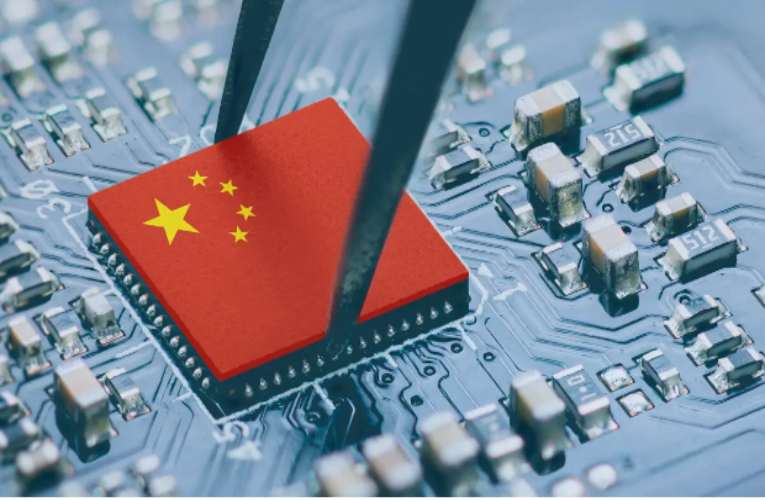
The US sanctions show how China is dependent on the USA and its allies in terms of technology, mostly semiconductors
It is now a sheer fact that China has started taking initiatives to dominate the global semiconductor market. It has turned into a reality when the country’s global firm Huawei unveiled its new 5G backed smartphone, dubbed Mate 60 Pro, in spite of USA’s sanctions on cutting-edge microchip production.
Now, if China manages to lead the microchip production, it will elevate the country’s financial ecosystem and also help the country to lead the global chip manufacturing industry. The first 5G smartphone by Huawei in nearly three years did not pay any attention to USA’s export restrictions, which was passed in October 2022. The sanctions aimed to weaken Huawei’s production without the western assistance.
The restrictions passed in October 2022 is the resemblance of sanctions on ZTE in 2018, which pushed the firm to the extent of bankruptcy. The Center for Strategic and International Studies (CSIS)revealed that when it comes to dominating the semiconductor industry, China changed its strategy. The sanctions show how China is dependent on the USA and its allies in terms of technology, mostly semiconductors. Hence, for the past few years, China has been trying hard to become a leader in the semiconductor and key technology ecosystem.
Historically, China is equipped with various players in the semiconductor space such as Alibaba, Baidu, and Semiconductor Manufacturing International Corporation (SMIC) and the billions of investments has helped the country to spearhead AI, 5G, and e-commerce space. In an interaction with Power Technology, Josep Bori, Director of GlobalData’s Thematic Intelligence said, "However, the US announced sanctions that would limit China’s access to Western semiconductor technology and curb its development of advanced microchips. The sanctions were expected to pull back China’s progress by several years."
Now, when the COVID-19 pandemic increased chip shortages, the situation worsened in China because of the nationwide lockdowns and USA’s imposition of further restrictions in October 2022. With constant efforts, SMIC has finally produced Kirin 9000S 7 nanometer (nm) microchip, which is used in Huawei's Mate 60 Pro. This has raised several questions. First, whether China did not pay attention to USA’s restrictions or has it attained self-sufficiency in in-house semiconductor manufacturing. Secondly, what are the kind of subsidies provided by the Chinese government to SMIC for producing a 7 nm chip utilizing ASML’s deep ultraviolet (DUV) lithography systems. Last but not least, how much economic sustainability has been achieved by the engineering feat at SMIC.
According to the experts, USA’s strategy of export restrictions have boosted confidence in China to achieve self-reliance in this industry. If China has found ways to manufacture semiconductors within the country without any assistance from the western world, it has a huge chance to elevate its economy and lead the technology rat-race. Chances are higher that China is likely to decrease spending on chip imports and augment investments in domestic industries, starting from consumer electronics to automobiles.

